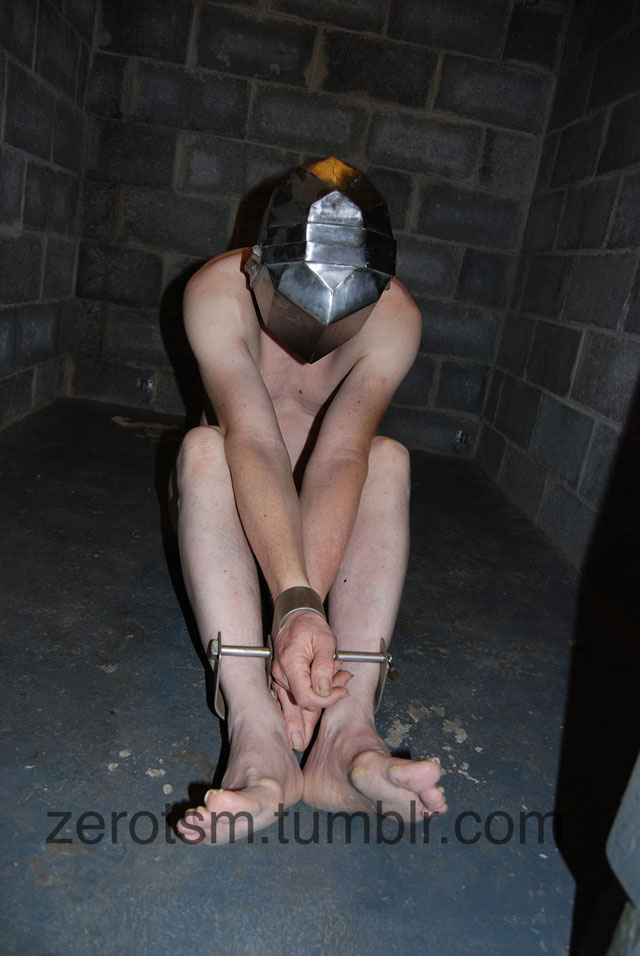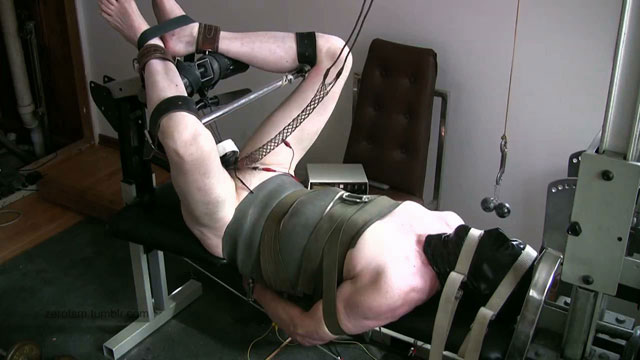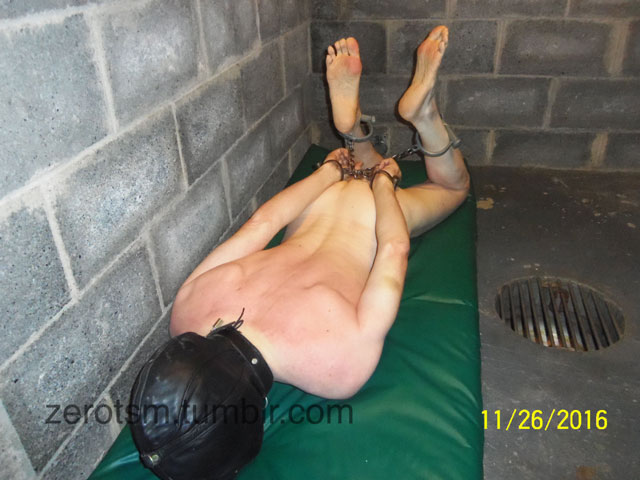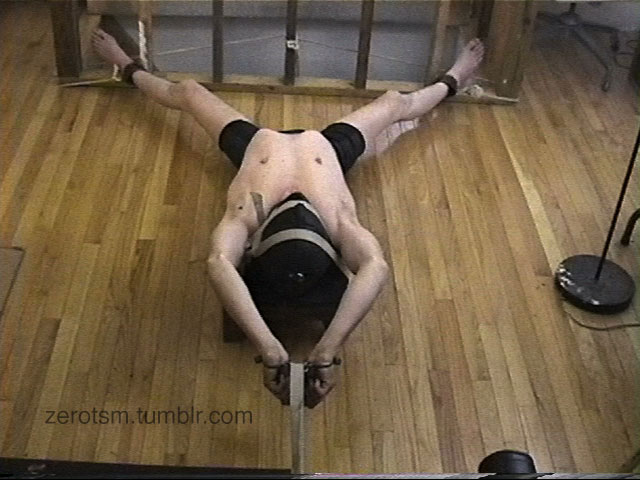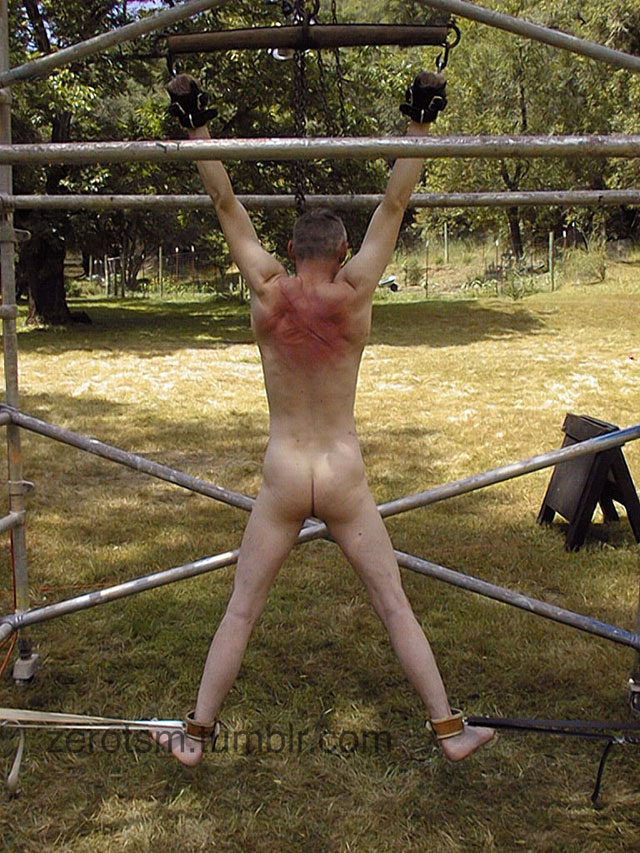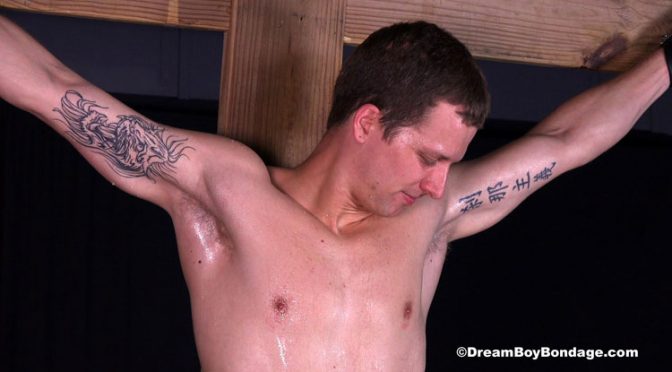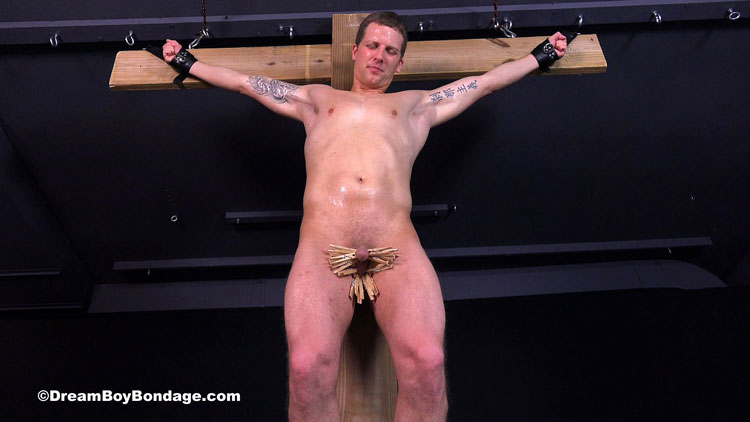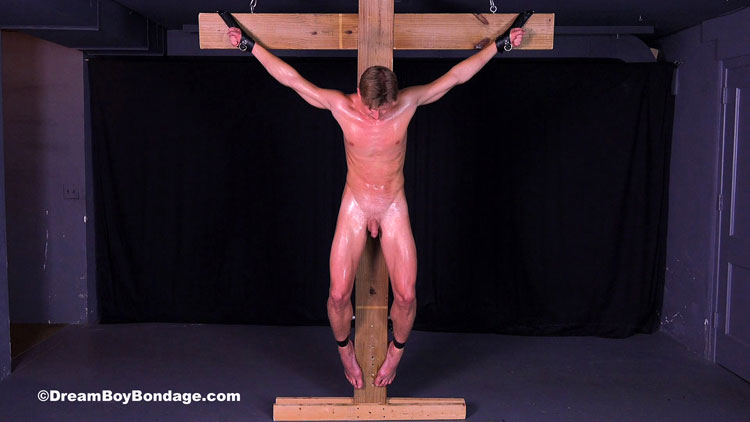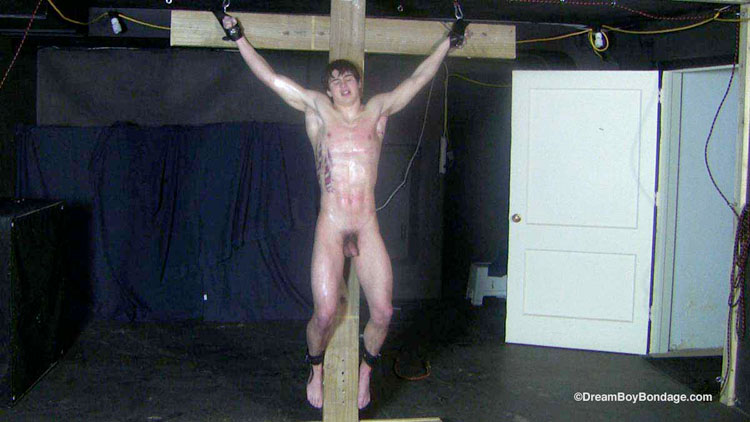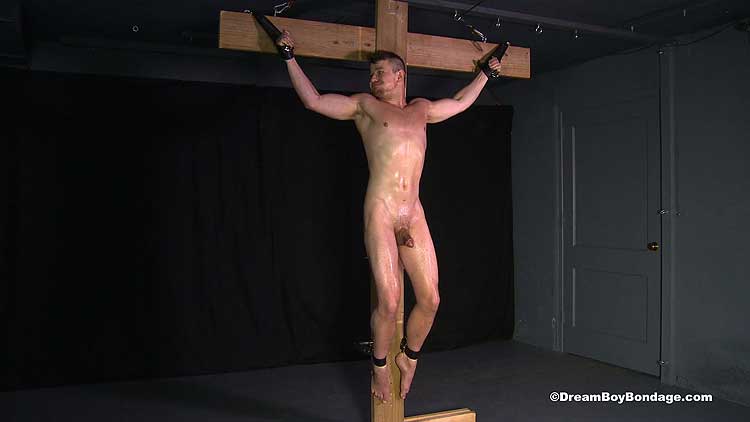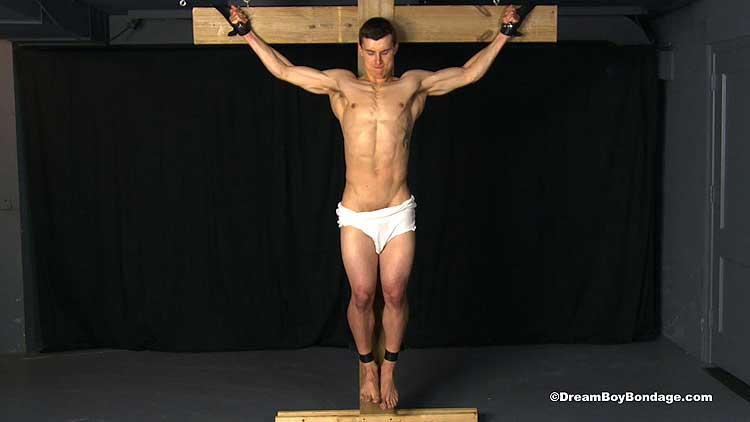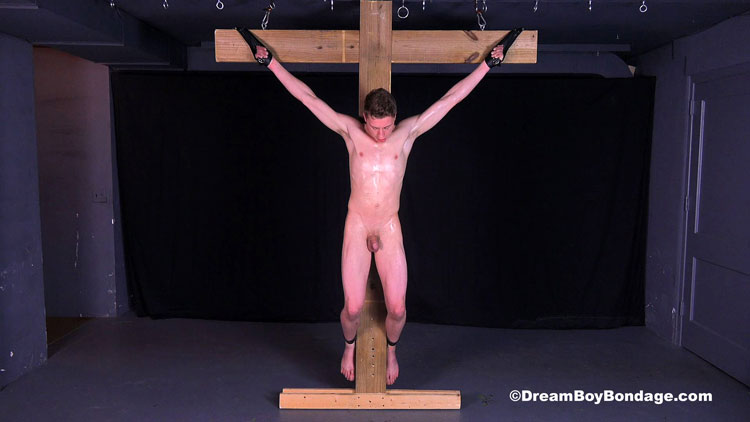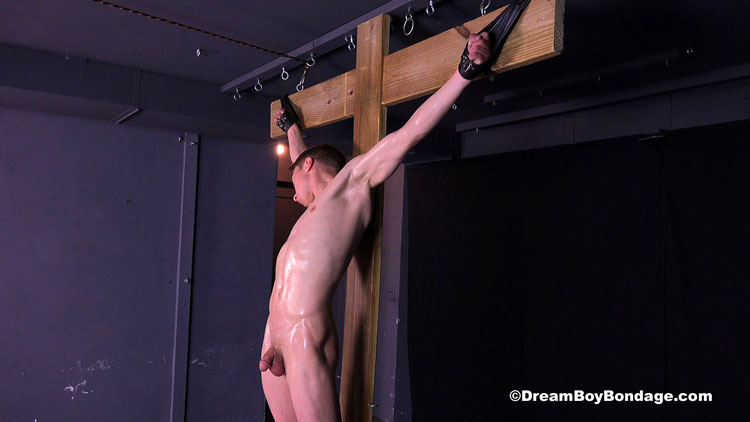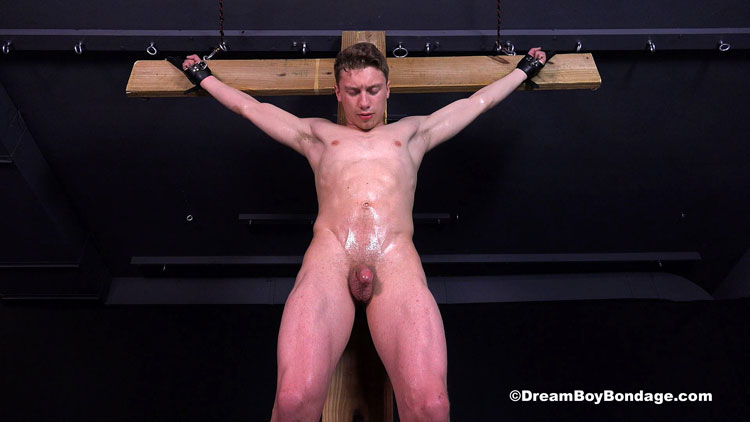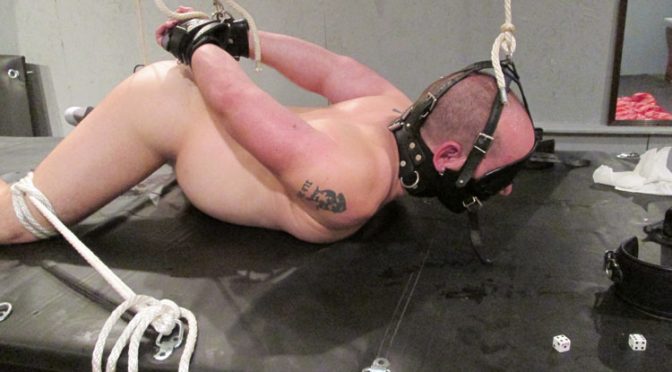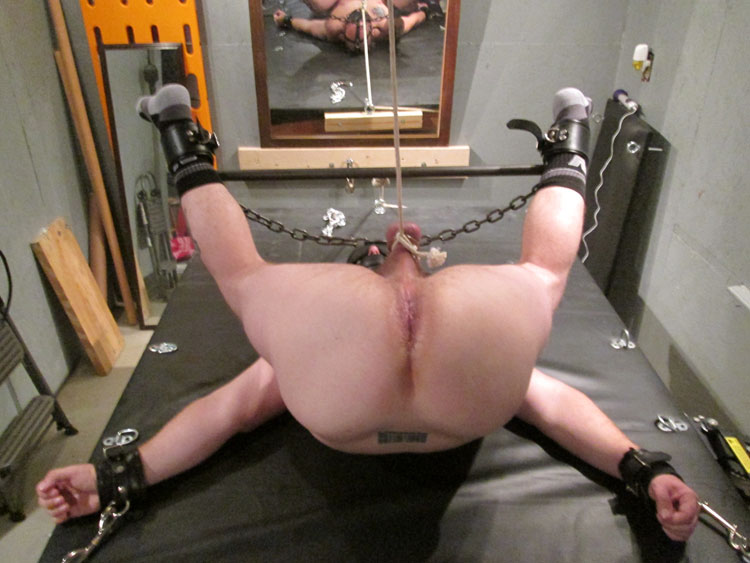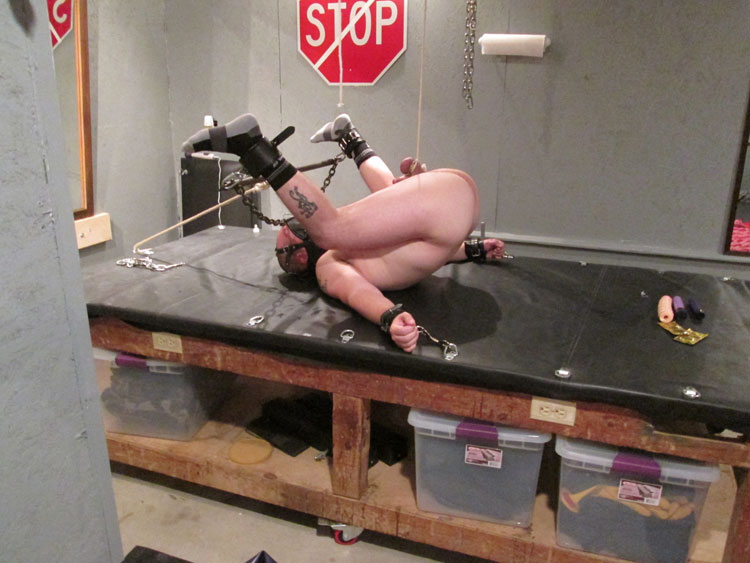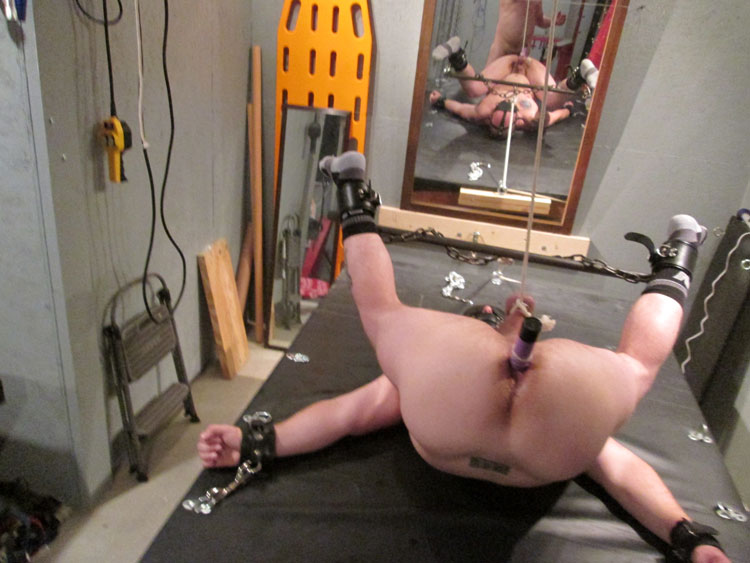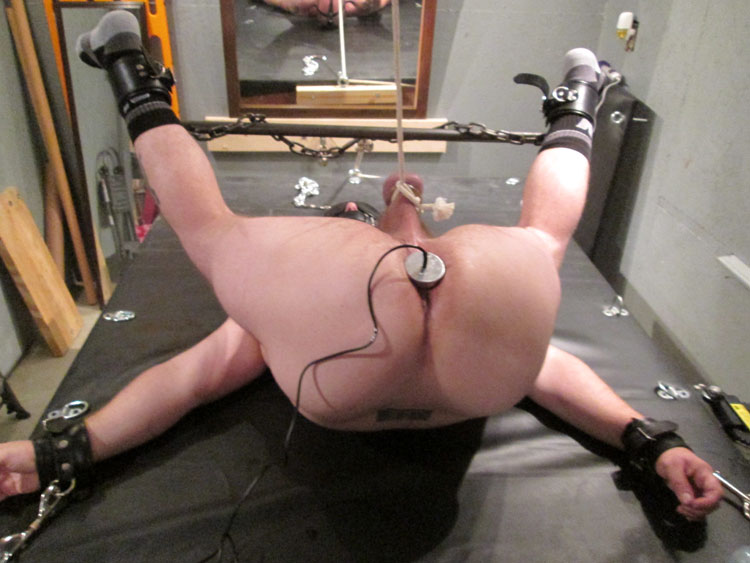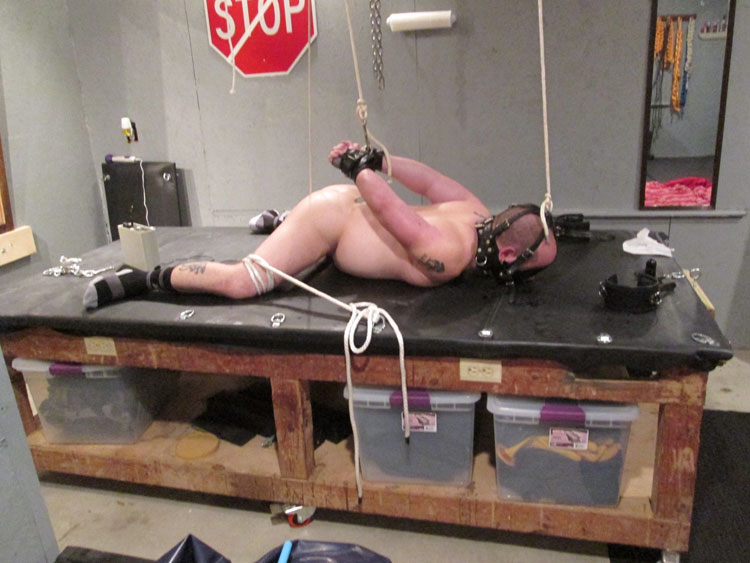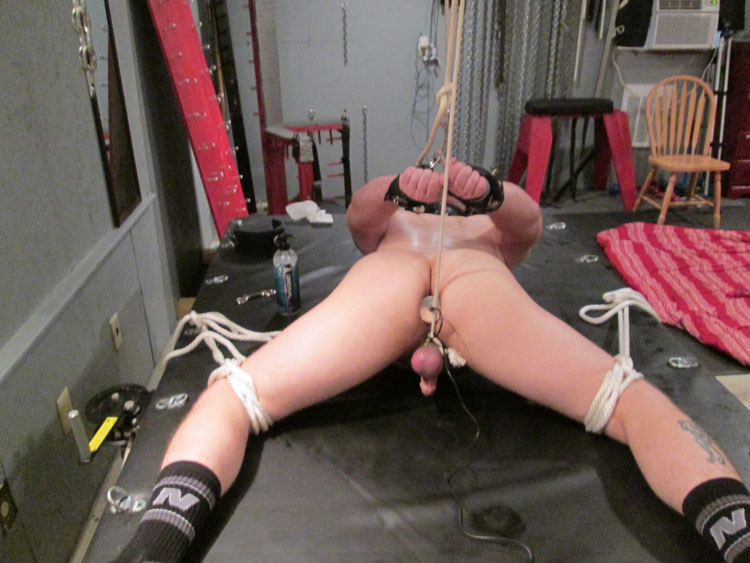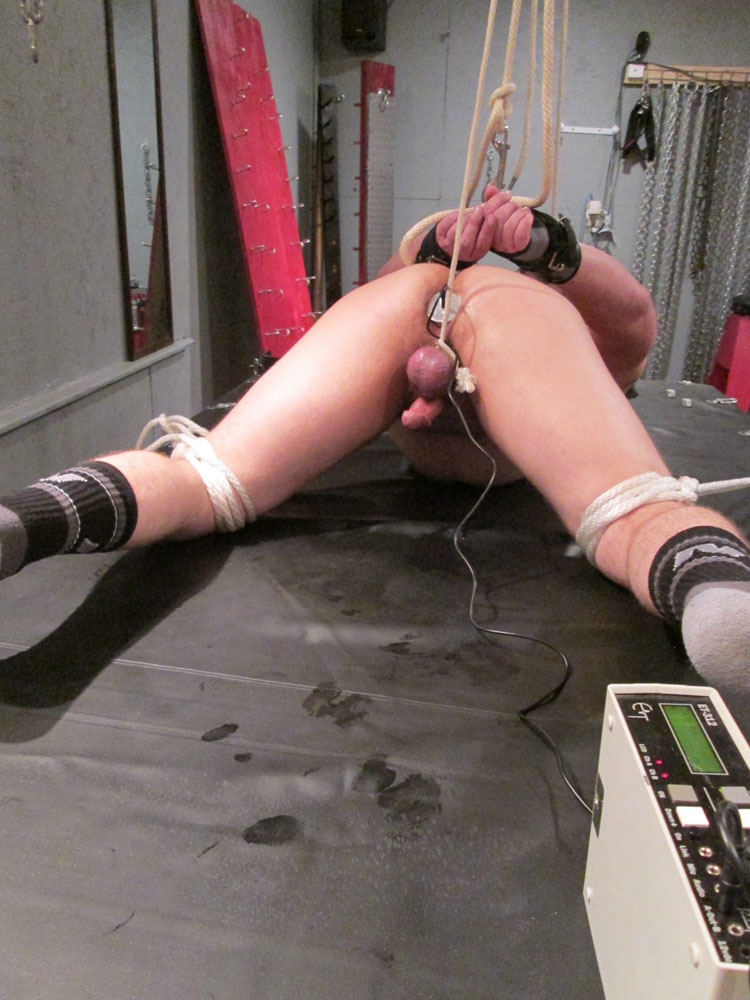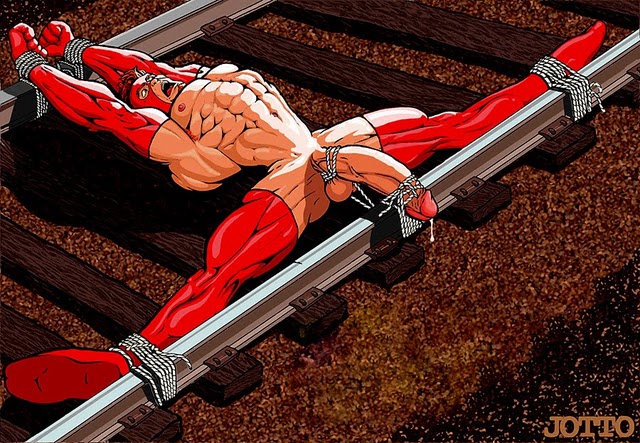By rts
(written while locked and chained in biker leathers, sweating and restrained, by order of MetalbondNYC)
The night was an agony, my crotch painfully straddling the pipe keeping pressure on the anal intruder trapping my balls and invading my ass, I got no sleep constantly trying to stand up on my booted toes to relieve the pressure but my worn out thigh muscles giving out forcing me to endure sitting down. My jaw aches from the ball gag, my rubber suit is filled with sweat, my arms are cramped in this straightjacket, my posture collar is a torment. I can’t take this anymore. I’ll surrender all control just to get out of this ordeal and this confining gear. I am scared at the thought of what my future will be, but I have to just to be released from this torment.
I don’t know what punishment Mark will inflict on me if he takes me back, maybe as rough as what’s happening to me now, and permanent slavery under his control would be brutal. The other possibility of being sold as a rubber slave to a strange top man frightens me with uncertainty, and I am overwhelmed at the prospect of being anyone’s permanent slave. I am sobbing at the idea that my release can only happen with total surrender to losing control of my future.


